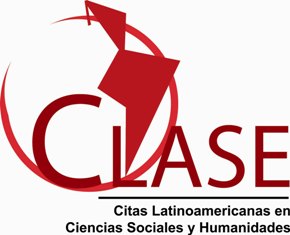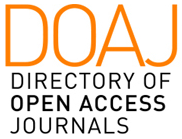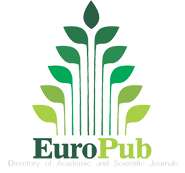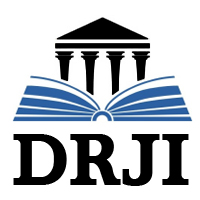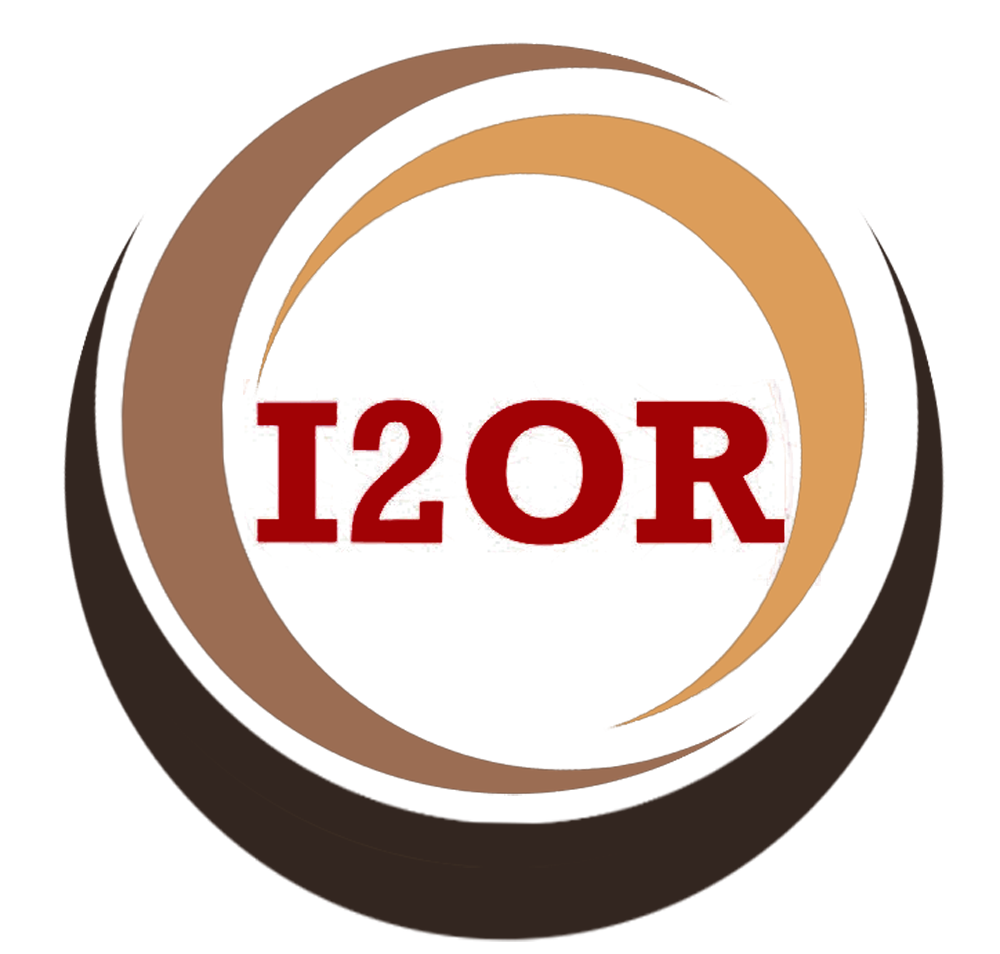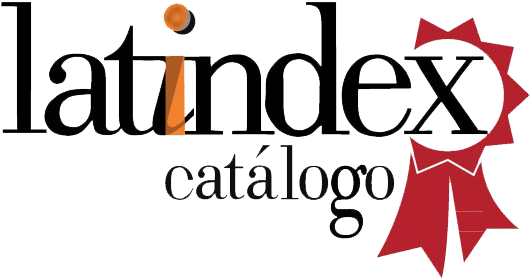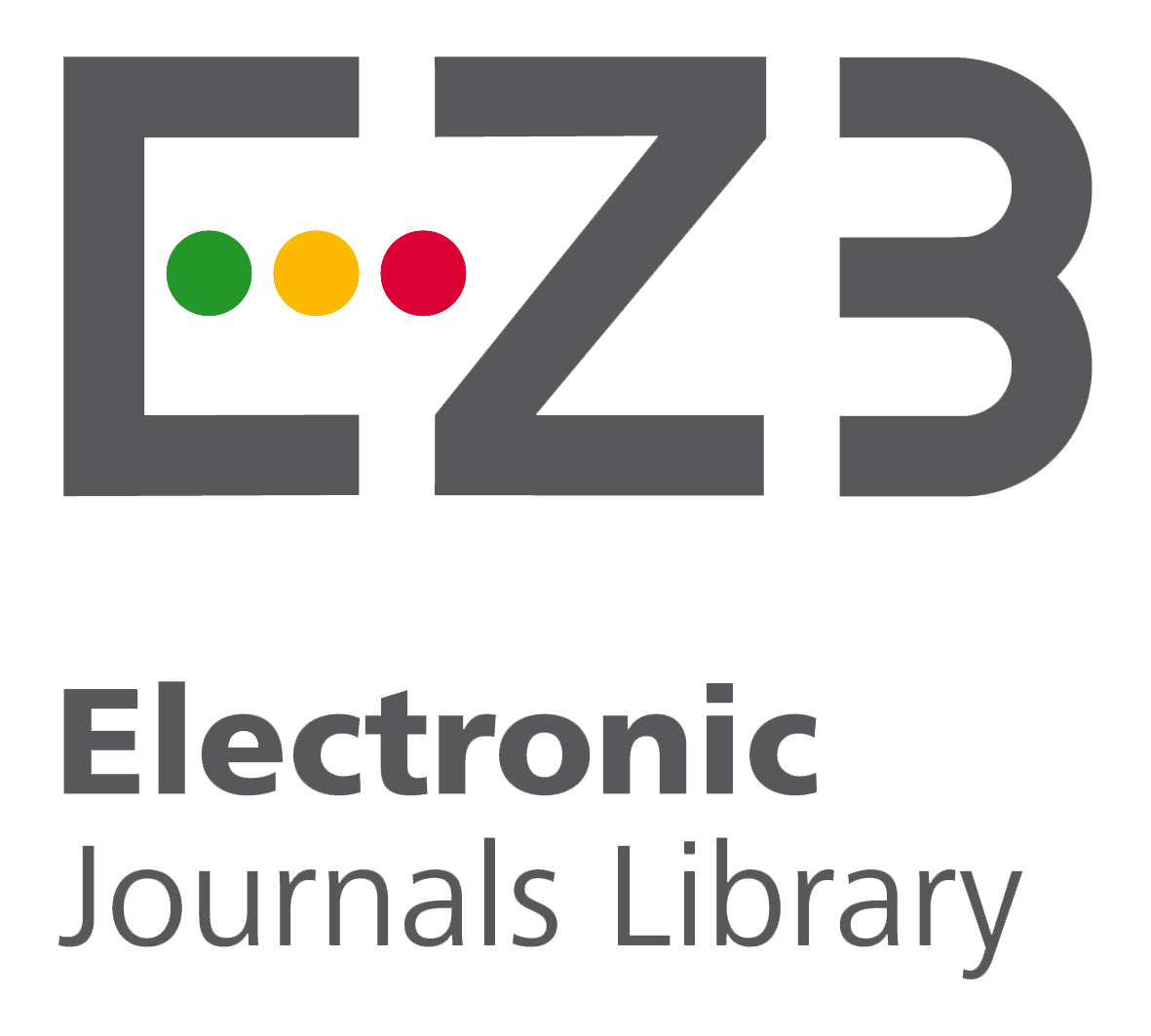The ludic like strategy for the development of the creativity in the children of the initial level. (Original)
Keywords:
creativity; learning; strategy; playAbstract
The present work reflects the importance of creativity in the learning process of children, especially in terms of the game. The final objective is to make a theoretical base in which the development of creativity through play is followed and practiced as a fundamental element, where it was intended to develop this characteristic in a natural way. To minimize such a broad topic, the work focused on the use of basic tools, based on an essentially qualitative methodology, the collection of information consisted in an observation sheet for the children, so that the researcher went to the place where the facts occurred, that is to say in the Educational Unit “Augusto Nicolás Martínez” of the city of Ambato, where the data could reflect the scarce creativity of the children to play in an entertaining way, pleasant and to generate their creative and imaginative capacity, expressing very little their emotions, sensations, dreams and longings. The conclusions suggest that the teacher faces challenges in the needs of continuous learning and the needs of children from very early ages, as well as the needs of the teaching community. Then a series of activities focused on play are designed to promote creativity through teacher intervention, adjusting them to the needs that arise.
Downloads
References
Barcia, M. (2016). La creatividad en los alumnos de educación infantil. Revista Creatividad y Sociedad. Nº 9 , 34.
Barron. (2013). Manual de creatividad. Aplicaciones educativas. Barcelona, España: Vteens Vives.
Boden, M. (1978). Implicaciones educativas de la creatividad. Salamanca: Anaya 2.
Cemades, I. (2 de Septiembre de 2015). Desarrollo de la creatividad en Educación Infantil. Perspectiva constructivista. Obtenido de Creatividad y sociedad: http://creatividadysociedad.com/articulos/12/Creatividad%20y%20Sociedad.%20Desarrollo%20de%20la%20creatividad%20en%20Educacion%20Infantil.pdf
Cerda, H. (2013). La creatividad en la ciencia y en la educación. Coop. Magisterio.
Coll, C. (2012). Infancia y aprendizaje. Madrid. España: Grupo Distribuidor Editorial.
De Bono, E. (2014). El pensamiento creativo. El poder del pensamiento lateral para la creación de nuevas ideas. Barcelona, España: Paidós Ediciones.
Piaget, J. (1984). Psicología del niño. Madrid: Ediciones Morata.
Redondo, M. (6 de Febrero de 2017). El desarrollo de la creatividad infantil a través del cuento. Obtenido de UVADOC: https://uvadoc.uva.es/bitstream/10324/22957/1/TFG-B.964.pdf
Ríos, P. (5 de Junio de 2017). La creatividad en el proceso de enseñanza-aprendizaje en la educación superior: una necesidad impostergable. Obtenido de UNIBE: https://www.unibe.edu.ec/wp-content/uploads/2017/08/08_20170221_Creatividad-RIOS_UNIBE-2.pdf
Vázquez, J. (5 de Enero de 2014). La creatividad y la intervención en educación infantil. Obtenido de Eduinnova: http://www.eduinnova.es/monografias2011/ene2011/ creatividad.pdf















